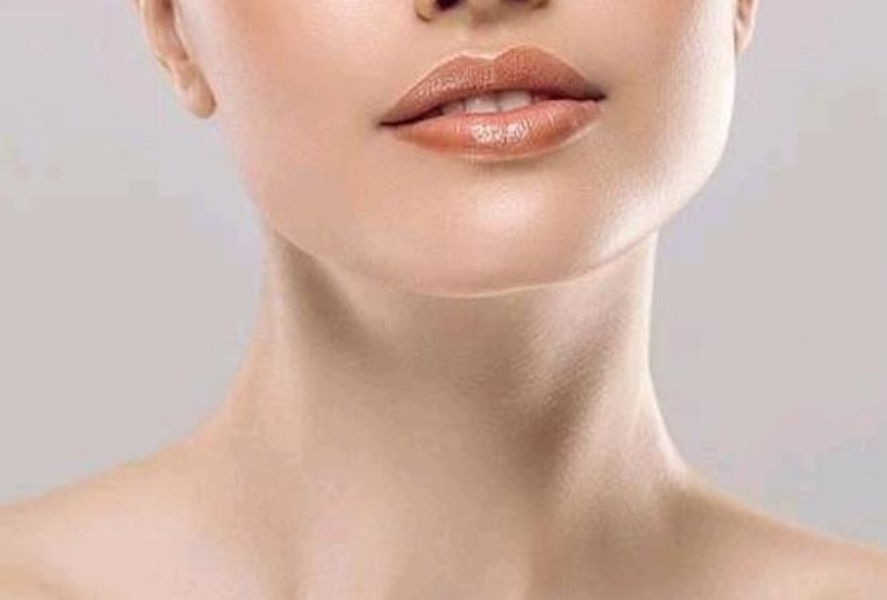Determining a person’s age based on physical characteristics is often a combination of art and science. While there’s no foolproof method to pinpoint someone’s exact age, certain body parts can provide clues that, when considered together, might give a rough estimate. Here are six body parts commonly used to infer age:….Read The Full Story Here ▶
1. **Facial Skin**: The skin on the face is particularly revealing due to its exposure to the elements and the natural aging process. Wrinkles, fine lines, and sagging skin around…Read Full story..>>>
the eyes, mouth, and forehead can suggest someone’s age. Sun damage and loss of skin elasticity contribute to these visible signs.
2. **Hands**: Like the face, hands often show signs of aging through changes in skin texture, thinning of the skin, and prominence of veins. Age spots (liver spots) can also develop over time due to sun exposure.
3. **Hair**: Graying hair is a well-known indicator of aging. While premature graying can occur, it’s generally associated with increasing age. Hair texture and thinning can also change with age due to hormonal shifts and other factors.
4. **Eyes**: The eyes can reveal age-related changes such as drooping eyelids (ptosis), puffiness, and the development of crow’s feet around the corners. Changes in vision prescription over time may also be indicative.
5. **Neck and Hands**: These areas often show signs of aging more prominently than others. Sagging skin, wrinkles, and loss of firmness are common. The neck, in particular, can develop horizontal lines and creases.
6. **Posture and Gait**: While not specific body parts, changes in posture and gait can reflect age-related changes in joints, muscle strength, and balance. Older individuals may exhibit a stooped posture or a slower, more deliberate gait.
It’s important to note that these indicators vary widely among individuals due to genetic factors, lifestyle choices, and overall health. Some people may appear younger or older than their chronological age due to these influences. Additionally, advances in skincare, nutrition, and medical treatments can affect how age manifests physically.
While these body parts can provide clues about someone’s age, it’s often the combination of several factors rather than a single indicator that helps to estimate age accurately. Moreover, social and cultural perceptions of age can influence how age-related changes are interpreted. Therefore, while these cues can be insightful, they should be considered cautiously and respectfully in social contexts.
…Click Here To Continue Reading>> …Click Here To Continue Reading>> …Click Here To Continue Reading>>







